Here at A.B.C. Consulting Arborist LLC we believe in Integrated Pest Management, or IPM. We believe in the use of pesticides as a last resort, and target the identified pest or disease with as much precision as possible, and we rotate the active ingredients to minimize pest(s)/disease(s) building a resistance to chemical controls. The over use of pesticides kills many beneficial insects and micro-organisms. Your Consultant from A.B.C. will assess the Pest and/or Disease levels and after going through all the management options, provide you with the appropriate management plan, which may include one or more of the 4 management strategies. Should Chemical controls be needed they should Precisely target the problem (the use of broad spectrum pesticides is discouraged), be applied by a licensed professional, and if follow up applications are needed use a product with a different control medium to reduce Disease/Pest resistance to chemical control methods.
What is Integrated Pest Management (IPM)?
Integrated pest management, or IPM, is a process you can use to solve pest problems while minimizing risks to people and the environment. IPM can be used to manage all kinds of pests anywhere—in urban, agricultural, and wild-land or natural areas.
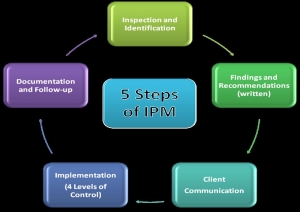
Definition of IPM
IPM is an ecosystem-based strategy that focuses on long-term prevention of pests or their damage through a combination of techniques such as biological control, habitat manipulation, modification of cultural practices, and use of resistant varieties. Pesticides are used only after monitoring indicates they are needed according to established guidelines, and treatments are made with the goal of removing only the target organism. Pest control materials are selected and applied in a manner that minimizes risks to human health, beneficial and non-target organisms, and the environment.
What is a pest?
Pests are organisms that damage or interfere with desirable plants in our fields and orchards, landscapes, or wild lands, or damage homes or other structures. Pests also include organisms that impact human or animal health. Pests may transmit disease or may be just a nuisance. A pest can be a plant (weed), vertebrate (bird, rodent, or other mammal), invertebrate (insect, tick, mite, or snail), nematode, pathogen (bacteria, virus, or fungus) that causes disease, or other unwanted organism that may harm water quality, animal life, or other parts of the ecosystem.
How does IPM work?
IPM focuses on long-term prevention of pests or their damage by managing the ecosystem
With IPM, you take actions to keep pests from becoming a problem, such as by growing a healthy crop that can withstand pest attacks, using disease-resistant plants, or caulking cracks to keep insects or rodents from entering a building.
Rather than simply eliminating the pests you see right now, using IPM means you’ll look at environmental factors that affect the pest and its ability to thrive. Armed with this information, you can create conditions that are unfavorable for the pest.
In IPM, monitoring and correct pest identification help you decide whether management is needed.
Monitoring means checking your field, landscape, forest, or building—or other site—to identify which pests are present, how many there are, or what damage they’ve caused. Correctly identifying the pest is key to knowing whether a pest is likely to become a problem and determining the best management strategy.
After monitoring and considering information about the pest, its biology, and environmental factors, you can decide whether the pest can be tolerated or whether it is a problem that warrants control. If control is needed, this information also helps you select the most effective management methods and the best time to use them.
IPM programs combine management approaches for greater effectiveness
The most effective, long-term way to manage pests is by using a combination of methods that work better together than separately. Approaches for managing pests are often grouped in the following categories.
Biological control
Biological control is the use of natural enemies—predators, parasites, pathogens, and competitors—to control pests and their damage. Invertebrates, plant pathogens, nematodes, weeds, and vertebrates have many natural enemies.
Cultural controls
Cultural controls are practices that reduce pest establishment, reproduction, dispersal, and survival. For example, changing irrigation practices can reduce pest problems, since too much water can increase root disease and weeds.
Mechanical and physical controls
Mechanical and physical controls kill a pest directly, block pests out, or make the environment unsuitable for it. Traps for rodents are examples of mechanical control. Physical controls include mulches for weed management, steam sterilization of the soil for disease management, or barriers such as screens to keep birds or insects out.
Chemical control
Chemical control is the use of pesticides. In IPM, pesticides are used only when needed and in combination with other approaches for more effective, long-term control. Pesticides are selected and applied in a way that minimizes their possible harm to people, non-target organisms, and the environment. With IPM you’ll use the most selective pesticide that will do the job and be the safest for other organisms and for air, soil, and water quality; the use of systemic pesticides instead of sprays or use pesticides in bait stations rather than sprays; or spot-spray a few weeds instead of an entire area.
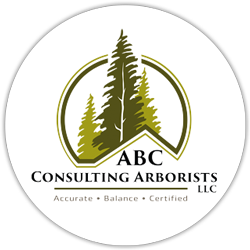

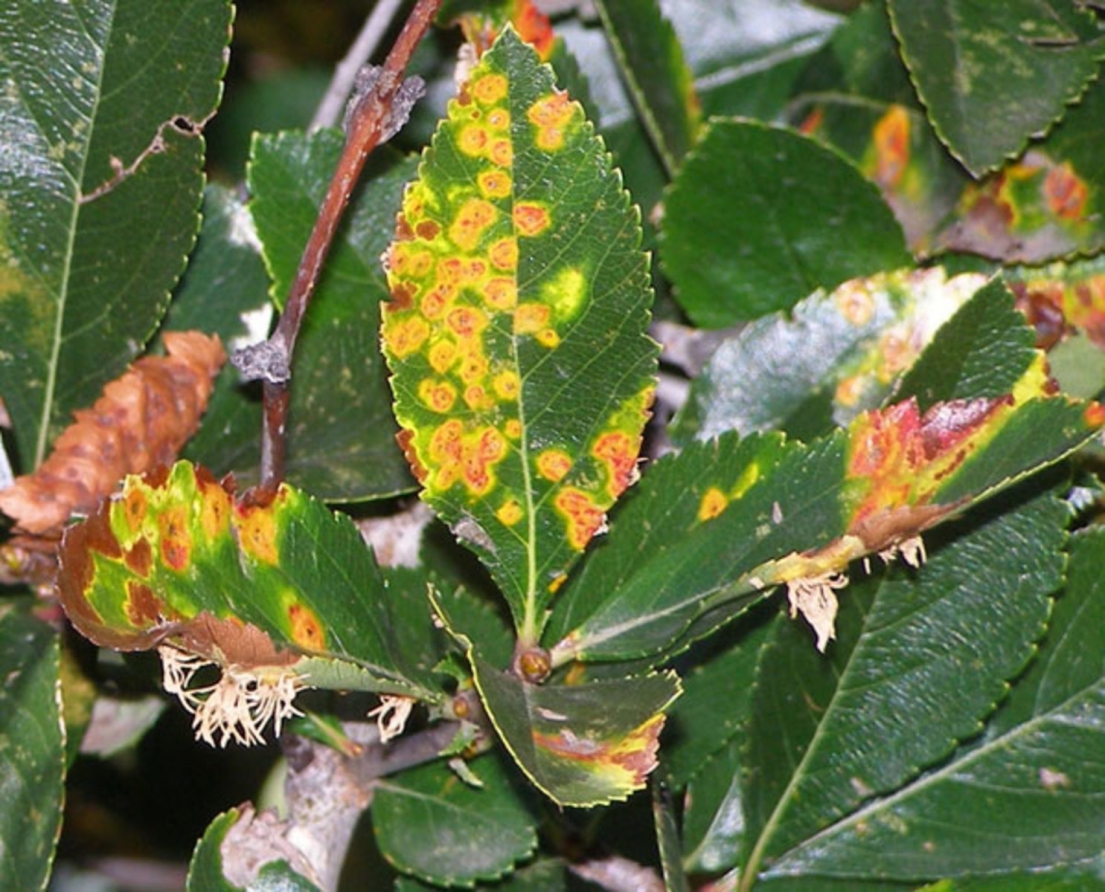
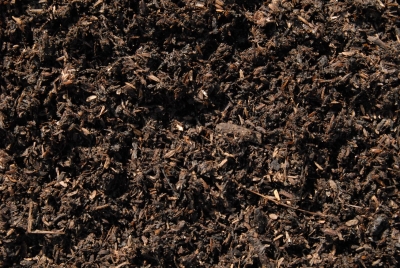
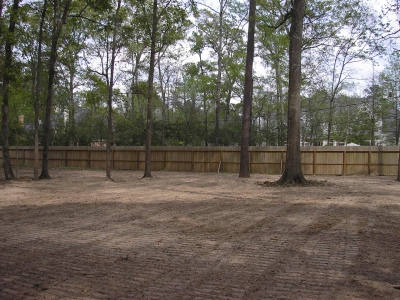




Recent Comments